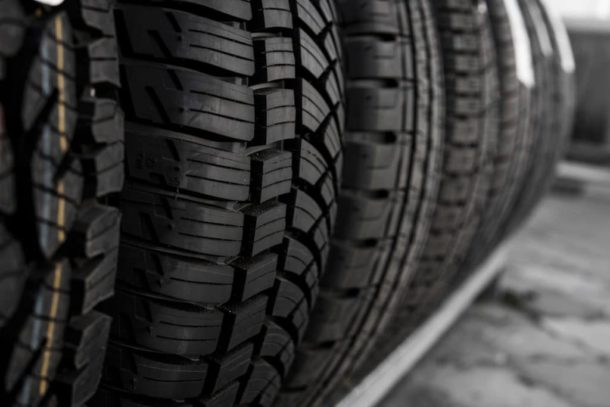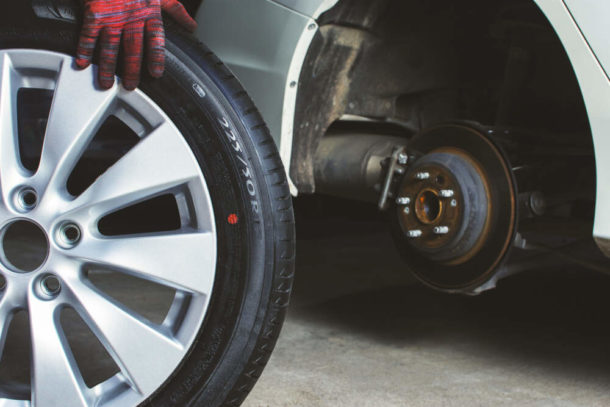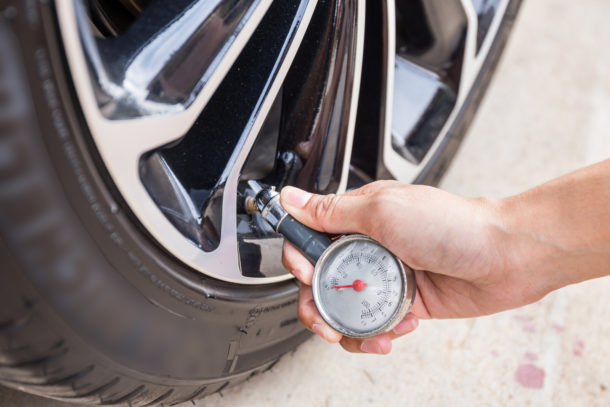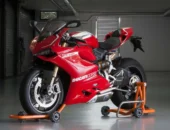Tires are arguably an important part of a car. They are parts that touch the road. So their condition may affect the safety and comfort of everyone in the car.
Even with a good braking system, wrong tires might still make the car skid and not stop when it is required to.
This is why it is necessary to visit tdotperformance.ca for the right type and size of tires and, most importantly, how to maintain them.
Types of Car Tires

Source: toyotaoforlando.com
The bad news is that there are more than six types of car tires that average shops have in stock. But the good news is that nearly everyone requires the same kind of car tires.
Plus, the good news is that the manufacturer/company that built the car certainly shipped it with the right tire option. Some of the options they can recommend for you include:
-
All-Season
These work similar to casual shoes. They offer a great combination of long life at a good price, reasonably low noise, and safe traction in any weather conditions.
Many cars come from manufacturers with all-season car tires. When these car tires wear out, you can go for another set and drive safely. They are mostly sold as per the miles they are anticipated to last in driving.
-
Touring Tires
Basically, touring tires are manufactured for traction and superior comfort all year round. The models are responsive, making it simple to stop, go through traffic, and handle turns. Touring tires have asymmetrical tread patterns to ensure drivers have quiet rides. If you will be driving in town, this type is a suitable choice.
In addition, touring tires come in a vast of models. The best part is that they are built with Stabiledge Technology that ascertains tread blocks are flat on the road, and when cornering for extra responsive handling, they lock.
-
Winter Tires
You can be tempted to ignore these winter tires and consider sticking to all-season car tires, which your vehicle is sporting currently. While all-season is suitable for many cars, at about six degrees Celsius and below, the compounds in the tires can start to harden.
That hardening can affect the grip the tires have while on the road. That is when you might want to switch to winter car tires.
These winter tires are usually created to provide flexibility in a frigid temperature and maintain a grip, which will allow great performance.
Determining Tire Size

Source: tyrepower.com.au
After you determine the right type of tire, you might want to consider the correct size for your car. You may get this information inside the vehicle’s doorjamb or in the owner’s manual.
In order to make sure the replacement tire or current tire matches the car’s requirements, it might be a perfect idea to know how the sizing works. You might not have paid more attention to each letter on the tire and string of numbers, but they remain gold mine details.
In case you are not sure how to read those tire measurements, the graphics, as well as the information below, can guide you in how to interpret, understand, and read the size of tires.
Always ensure the size you choose is in accordance with tire manufacturer recommendations and car documents. If the combined tire and wheel diameter don’t match correctly, there can be a difference in speedometer readings and height.
For instance, a fitting 17-inch-diameter wheel to a vehicle designed to have a 14-inch-diameter wheel can change the ride’s height. This means the vehicle body would be high off the ground.
But if you decide that you need to substitute a tire type or new size, ensure you consult a good tire retailer who is capable of advising you professionally since most optional tire sizes have various load capacities.
When to Replace the Car Tires

Source: bestdrive.com.au
Nothing will ever last forever, and car tires are no exception. Replacing a car tire is part of keeping it in good working condition. But how can you know when to replace your car tires? You might want to narrow it down to the following:
- Treadwear: This wear on the tires is an important indicator showing that it is high time to have a replacement. Treads on tires are grooved sections wrapped around. They are instrumentals to enable you to maintain traction on different road types as well as in various weather conditions, such as snow, ice, and rain. Over time, the rubber will crack and become hard, and when tires are in use, the treads wear down naturally. In order to tell when there is a tear on the tire’s treads, you will have to consider several methods, like the quarter test, penny test, and tire tread wear bar.
- Punctures and flats: When tires are flat completely, there can be a giant hole in them. The solution is totally simple. Consider replacing the tire. But not every flat is obvious, or the same, and how you deal with them depends on the way the tire got it. If you have suspicions that you have leaky tires, you can inspect for obvious signs. This might be nails or other sharp objects. Removing the nails can be a great idea as they might not have caused leaks and punctured inner tubes. Using a claw hammer or pair of pliers, you can remove those nails.
Car Tire Maintenance

Source: cargurus.com
A perfect way to extend the life of car tires is to establish a regular maintenance routine. There are several things you may do yourself. This includes checking the tread depth and air pressure.
But you will need an expert to periodically check the alignment and balance and ensure the tires get rotated at a regular interval.
For tire pressure, consider checking it monthly. Tires may approximately lose one pound per square inch each month. But during the winter months, they might lose even more.
So if you depend on a mechanic to check the tire pressure at tire rotations or oil changes, you and your family might be at risk.
The Takeaway!
Recent research shows that many individuals choose to directly replace their car tires when their vehicles are still new.
However, as their vehicles age, users will be inclined to switch to other models depending on the price or performance.
So if you want to make a switch, ensure you check tire ratings, particularly when you need models with all-weather grip and tread life.




